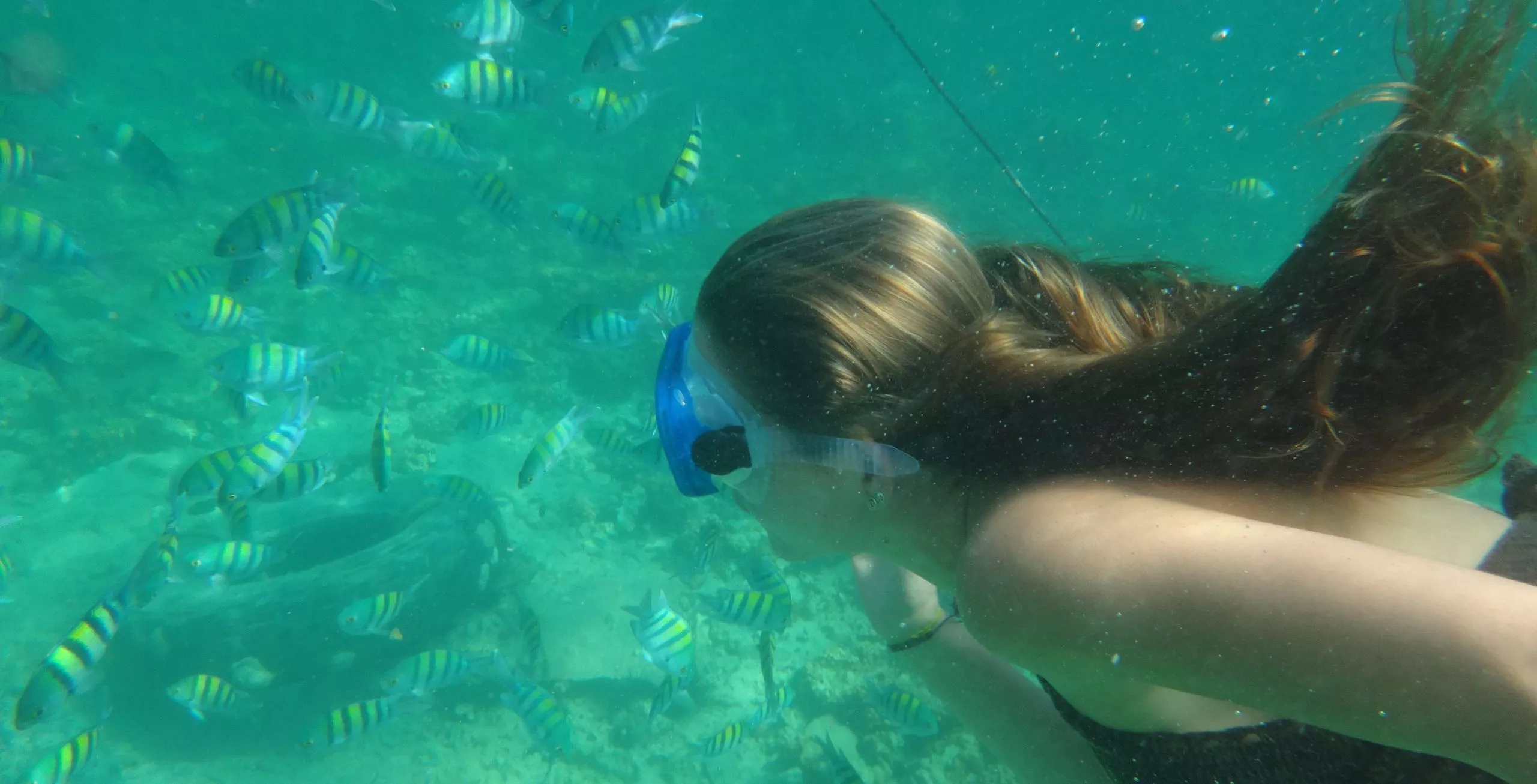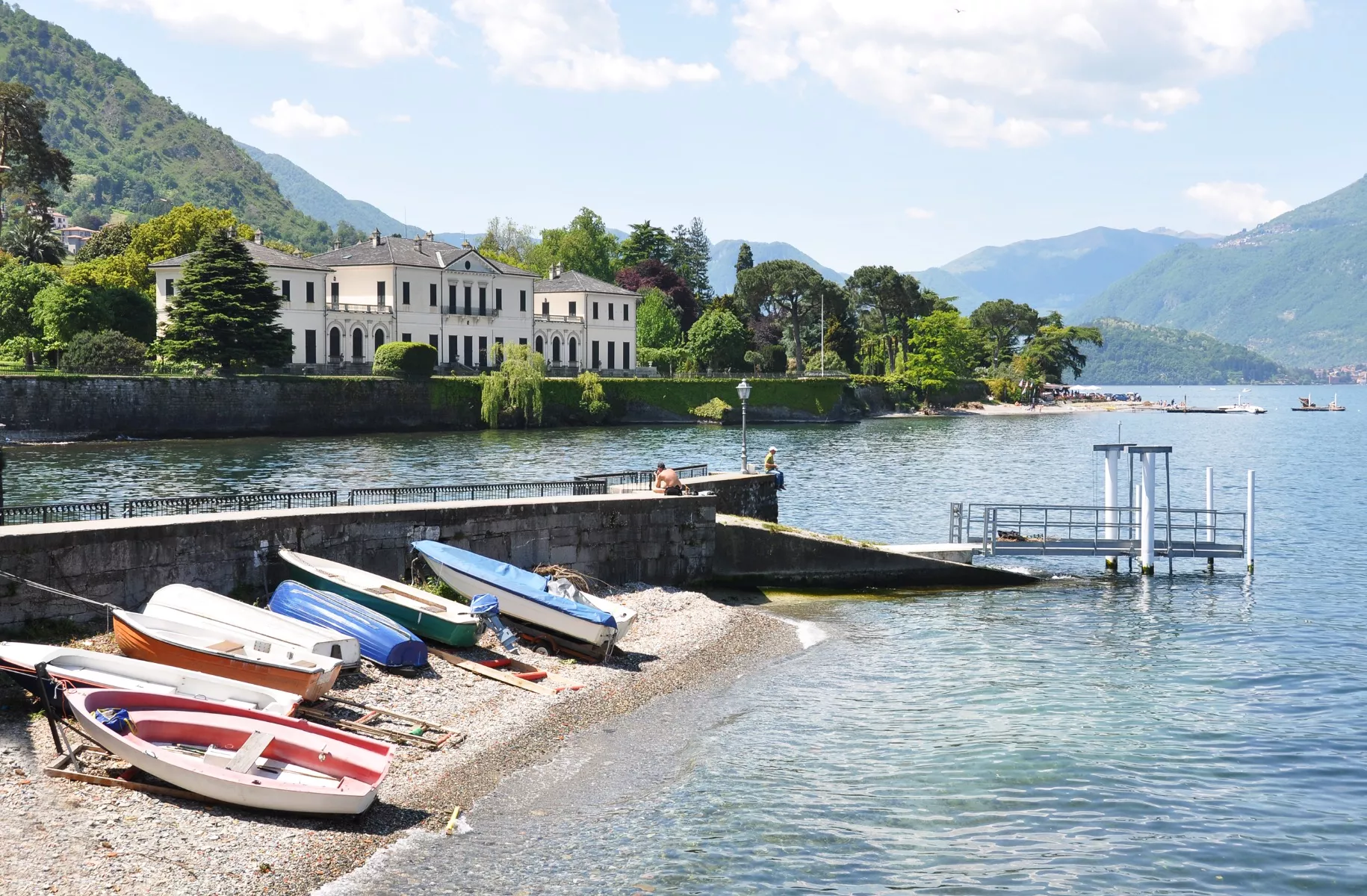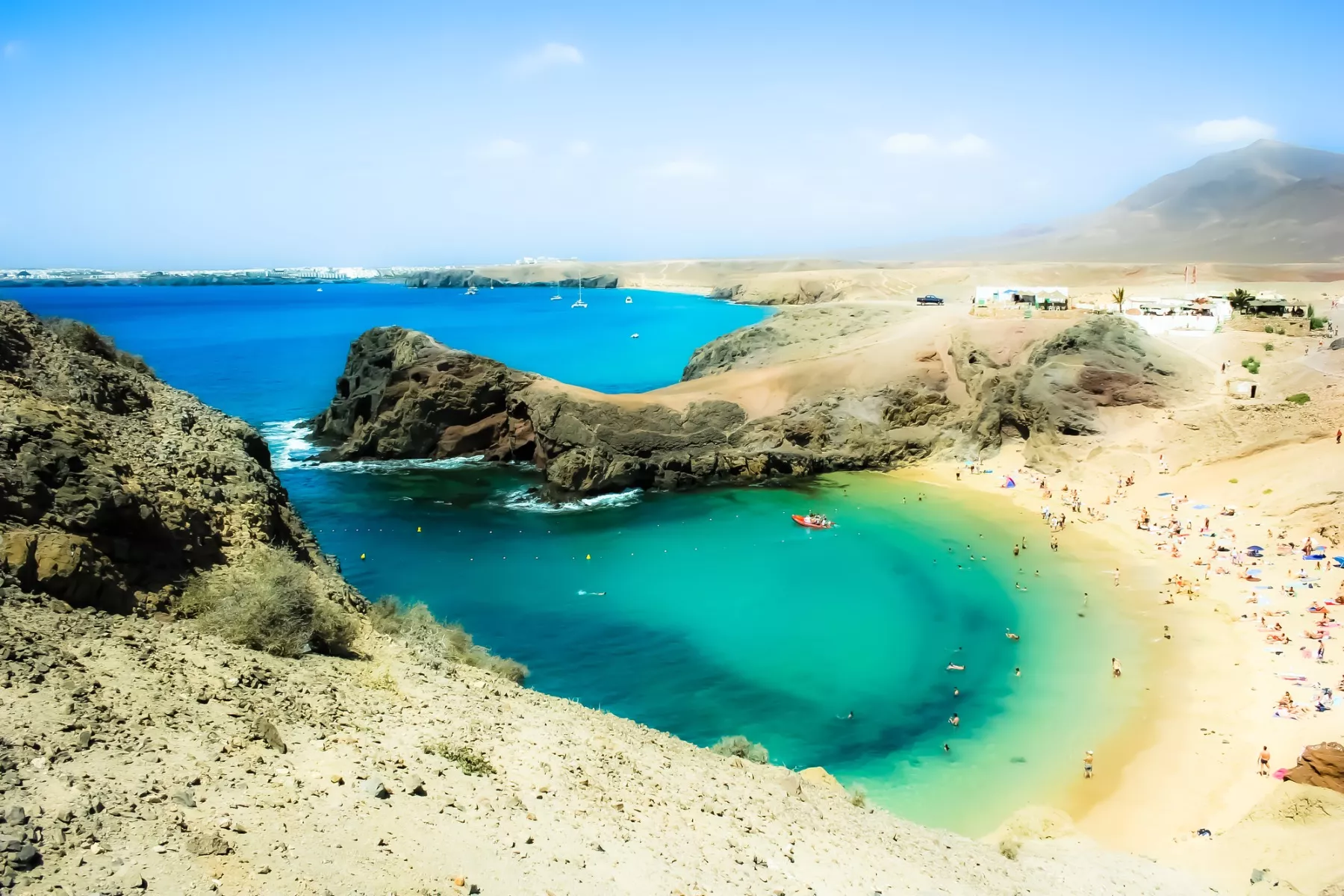Get 10% off and be the first
to discover new brands!
There's nothing quite like immersing yourself in nature's swimming holes. As the cool, clear water envelops your body, you feel a wave of peace and contentment. Swimming outdoors is also a powerful reminder that we're part of something bigger than ourselves. When we connect with nature through activities like swimming, we gain perspective.
Outdoor swimming is regarded for boosting mental health with studies showing cold water immersion increases dopamine levels and the feel-good chemicals in the brain by up to 250%. Swimming in nature is also one of the best full-body workouts around. Propelling yourself through water engages all your major muscle groups, with the resistance toning your arms, legs, and core. It gets your heart pumping too. Unlike churning laps in a chlorinated pool, you'll also soak up some Vitamin D and get a mood boost from swimming surrounded by nature's beauty.
As an eco-conscious adventure seeker and swimmer, you may already be aware of the environmental perks of choosing Mother Nature's swimming holes over man-made pools. But in case you need a reminder, here’s why taking a dip au naturale is the greenest way to swim.
Swimming in Natural Spots Can Help the Planet
When you choose a natural swimming spot, you avoid relying on resource-intensive man-made pools. Constructing and maintaining artificial aquatic environments demands tons of concrete, chemicals, energy for heating, and water pumping systems. The operation of public pools and private backyard pools consumes huge amounts of chlorine and other harsh chemicals to keep water sanitized. This chemical-rich water is then emptied into public waterways.
Opting for natural bodies of water preserves fragile ecosystems and wildlife habitats. Man-made pools often displace or destroy natural environments. And pool chemicals can leach into surrounding terrestrial and aquatic ecosystems, polluting habitats. Responsible natural swimming reminds us to minimize our impact.
Jumping into oceans, lakes and rivers also promotes environmental advocacy and stewardship. As swimmers connect with nature, they gain awareness and often feel compelled to protect these precious resources. Natural swimming helps people recognize the impacts of climate change, water pollution, and other threats more acutely.
People who swim outside are also more likely to engage in active giving and cleanup efforts, habitat restoration projects, and activism around issues like wetlands protection and plastic pollution.
Reducing Pollution and Impact
The typical backyard or public pool is loaded with chlorine and other disinfecting chemicals to purify the water from unhealthy germs and organic contaminants. These chemical residuals end up getting absorbed through the skin of swimmers. Chlorinated pool water also produces irritating fumes we breathe in. When you opt for an ocean, lake, or river swim, you prevent absorption and inhalation of these synthetic chemicals.
Choosing a natural swimming spot means no energy-intensive pumping, heating, or artificial cleaning of unnatural environments. Operating man-made pools consumes electricity for recirculation pumps, natural gas for heating, and water for top-offs due to evaporation. The filtration systems require regular backwashing cycles too. By foregoing these processes, natural swimming eliminates this pollution and carbon footprint.
For those wanting a home swimming option, installing a natural pool provides the opportunity to swim outdoors in water that is free from large quantities of chemicals, such as chlorine, and does not damage the environment. Responsibly enjoying a swim has little infrastructure and energy demands in comparison. The ecosystems clean and regulate themselves. So take a dip in that mountain lake or swimming hole guilt-free!
[Image source: Deposit photos]
Respecting Natural Spots Encourages Responsible Recreation
Swimming in nature brings people physically closer to the natural world, often raising their awareness and appreciation of the environment. Breathing fresh air, hearing birdsong, and being immersed in beautiful landscapes promotes a sense of connection. It reminds us that we're part of the Earth's intricate web of life. Research shows that spending time outdoors and unplugging from technology boosts moods and focus. Natural swimming lets you reap these benefits.
When we swim in natural areas, we're also faced with the reality that we need to minimize our impact and leave no trace. Structures like boardwalks, trails, and bathrooms may be limited or absent. This encourages natural swimmers to be extra conscientious. They learn to avoid disturbing vegetation and wildlife, properly dispose of waste, and leave nature as pristine as they found it. Careful stewardship preserves these unique swimming spots for generations to come.
Natural swimming also allows access to waters that may be threatened by development, water diversion, or pollution. Choosing to swim in these fragile ecosystems keeps them protected and heightens awareness of risks they face. Visiting remote beaches, rivers, or alpine lakes reminds us that these natural resources must be safeguarded before they are altered forever. Making memories in endangered swimming holes builds public engagement in conservation efforts.
Knowing Where To Swim Naturally?
Nothing beats the thrill of plunging into remote alpine lakes nested high in rugged mountain ranges. These icy swimming holes surrounded by evergreen forests and rocky cliffs offer an invigorating blast of cool refreshment. Alpine lakes often have exceptional clarity and purity too thanks to their natural filtration from granite bedrock. Some dazzling options include Lake Tahoe on the California-Nevada border or Jasper Lake in Alberta's Canadian Rockies.
For warm ocean swims with soft sand between your toes, head to protected coastal beaches in places like Hawaii, Australia, or Puerto Rico. These pristine shores have turquoise waters and crashing waves minus the crowds common at more populated beaches. And nothing restores the soul like floating in calm lagoons enclosed by coral reefs. These habitats shelter colorful fish and sea turtles.
Inland, swimming in clear flowing rivers surrounded by lush greenery is sublime. Spot trout darting by as you drift downstream in cool Appalachian creeks or soak up some desert sun paddling the Rio Grande. Rivers make it easy to cover more distance swimming too if you want an aquatic adventure.
And for a restorative therapeutic soak, secluded natural hot springs offer relaxation combined with beautiful scenery. Let your cares melt away in steaming geothermal pools tucked into red rock canyons or surrounded by tropical rainforests abundant in wildlife. Just be sure to respect rules about fragile vegetation and archaeological sites when visiting these delicate ecosystems.
[Image source: Deposit photos]
Swapping Your Local Pool for a Natural Swim
When we make the eco-conscious choice to swim in natural waters instead of chlorinated pools, we reap benefits for both human health and the planet. Natural swimming connects us to the environment, reduces pollution, and encourages conservation of fragile aquatic ecosystems that provide irreplaceable beauty. So grab your swimsuit and explore the natural swimming spots near you for the greenest, most sustainable swim of all.
If you would like to join our conscious network, discovery more sustainable tips and brands for contributing towards change, please sign up to our mailing list




